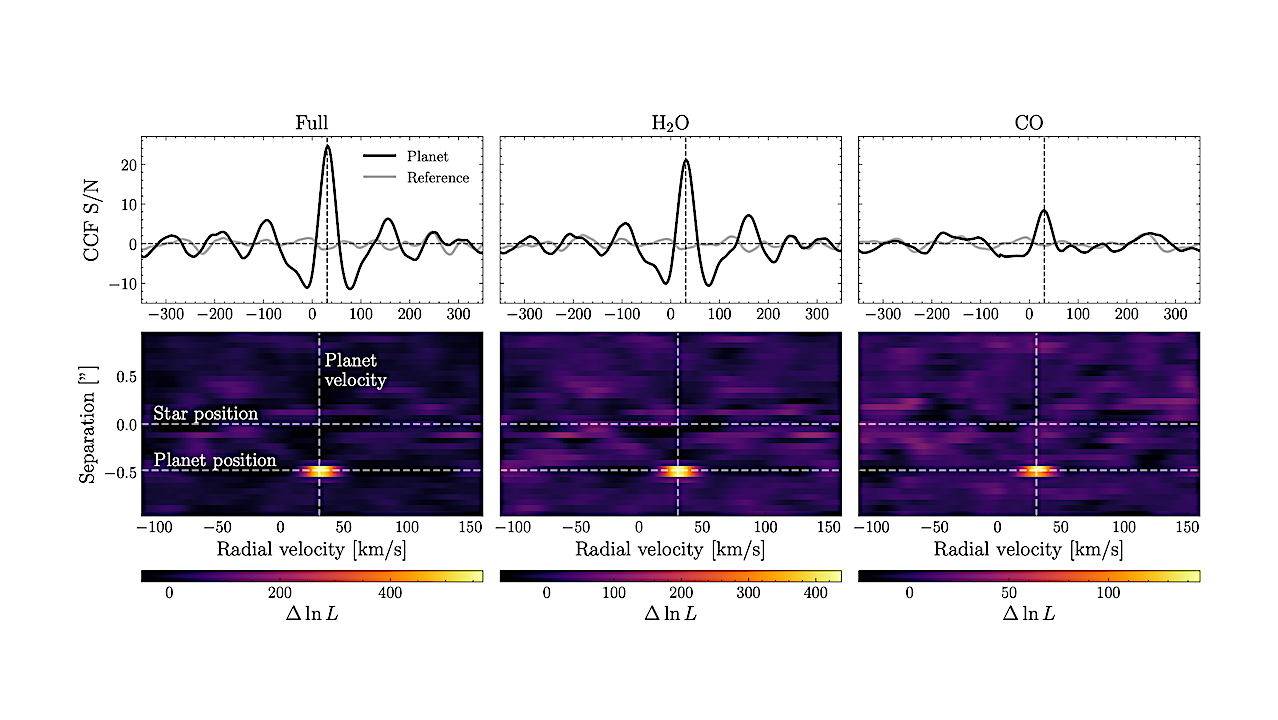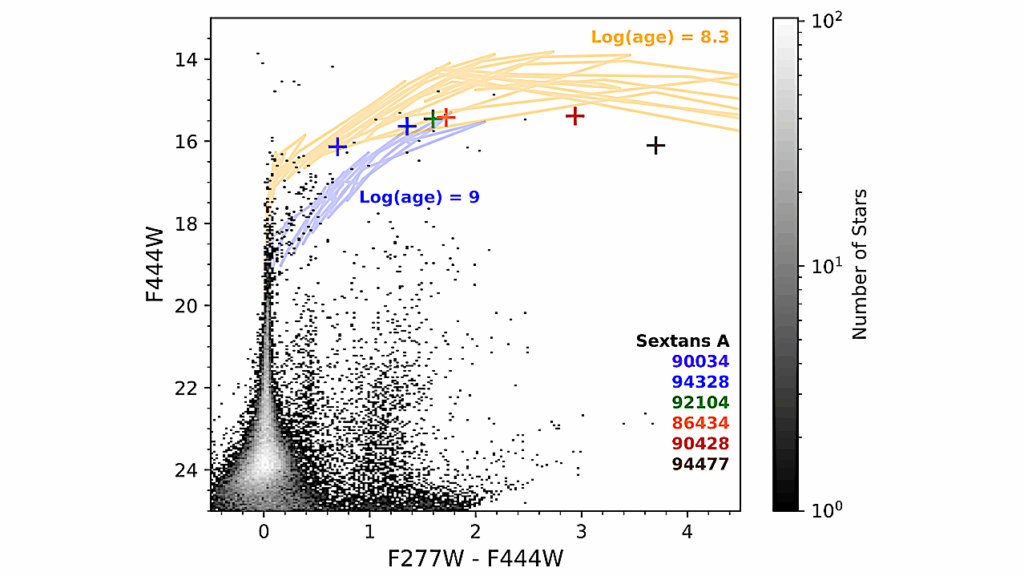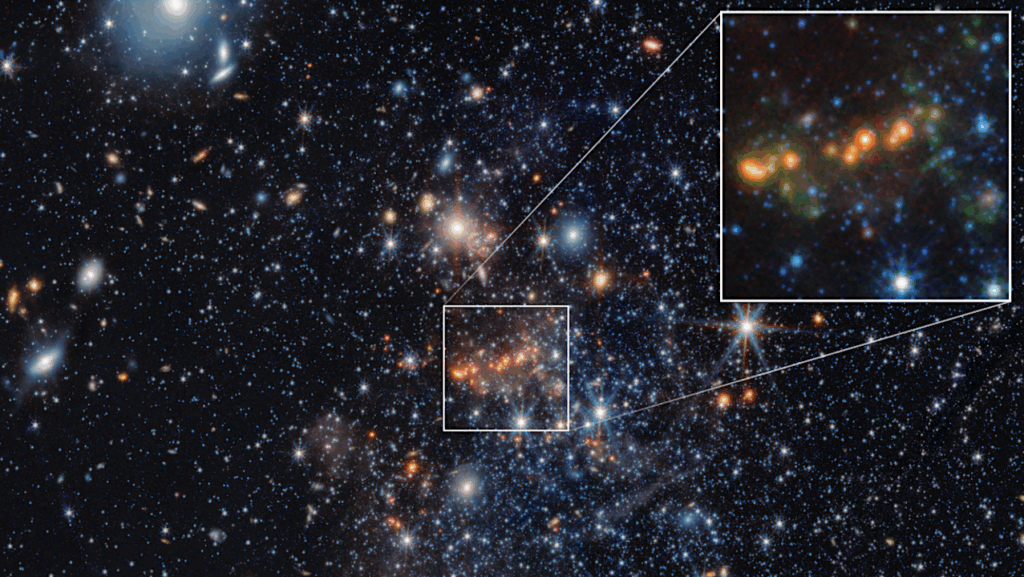β Pictoris b Through The Eyes Of The Upgraded CRIRES+

Context: High-resolution spectrographs fed by adaptive optics (AO) provide a unique opportunity to characterize directly imaged exoplanets. Observations with such instruments allow us to probe the atmospheric composition, spin rotation, and radial velocity of the planet, thereby helping to reveal information on its formation and migration history. The recent upgrade of the Cryogenic High-Resolution Infrared Echelle Spectrograph (CRIRES+) at the VLT makes it a highly suitable instrument for characterizing directly imaged exoplanets.
Aims: In this work, we report on observations of β Pictoris b with CRIRES+ and use them to constrain the planets atmospheric properties and update the estimation of its spin rotation.
Methods: The data were reduced using the open-source pycrires package. We subsequently forward-modeled the stellar, planetary, and systematic contribution to the data to detect molecules in the planet’s atmosphere. We also used atmospheric retrievals to provide new constraints on its atmosphere.
Results: We confidently detected water and carbon monoxide in the atmosphere of β Pictoris b and retrieved a slightly sub-solar carbon-to-oxygen ratio, which is in agreement with previous results. The interpretation is hampered by our limited knowledge of the C/O ratio of the host star. We also obtained a much improved constraint on its spin rotation of 19.9±1.0 km/s, which gives a rotation period of 8.7±0.8 hours, assuming no obliquity. We find that there is a degeneracy between the metallicity and clouds, but this has minimal impact on the retrieved C/O, vsini, and radial velocity. Our results show that CRIRES+ is performing well and stands as a highly useful instrument for characterizing directly imaged planets.
Rico Landman, Tomas Stolker, Ignas Snellen, Jean Costes, Sam de Regt, Yapeng Zhang, Siddharth Gandhi, Paul Mollière, Aurora Kesseli, Arthur Vigan, Alejandro Sánchez-López
Comments: Accepted for publication in A&A
Subjects: Earth and Planetary Astrophysics (astro-ph.EP); Instrumentation and Methods for Astrophysics (astro-ph.IM)
Cite as: arXiv:2311.13527 [astro-ph.EP] (or arXiv:2311.13527v1 [astro-ph.EP] for this version)
Submission history
From: Rico Landman
[v1] Wed, 22 Nov 2023 17:02:31 UTC (4,135 KB)
https://arxiv.org/abs/2311.13527
Astrobiology,








